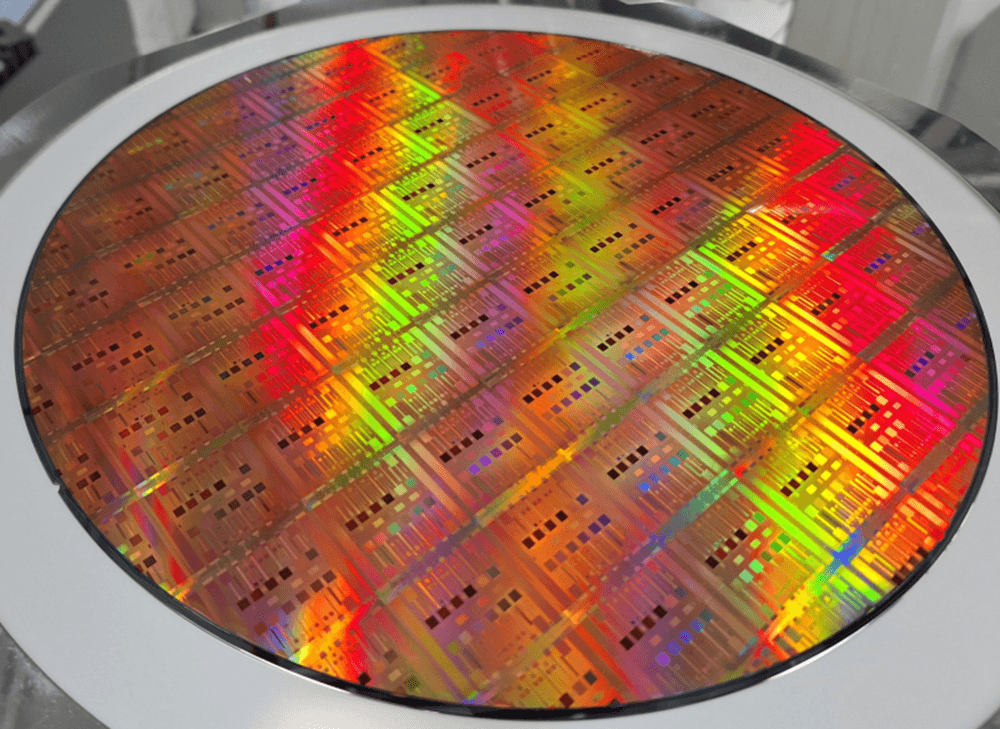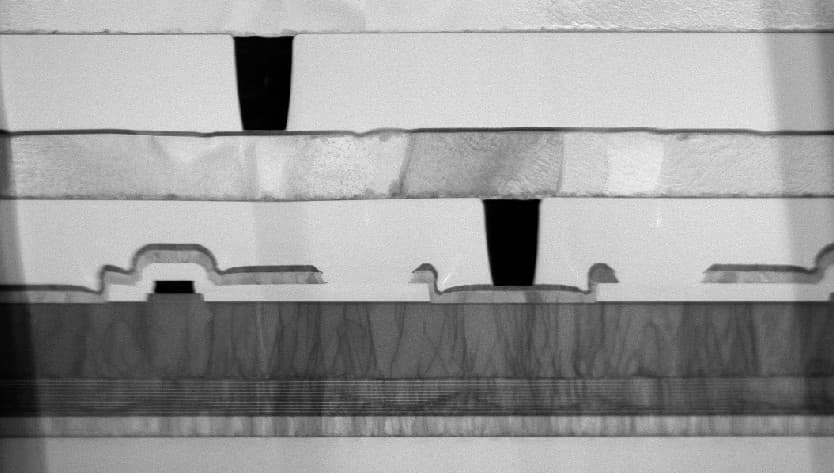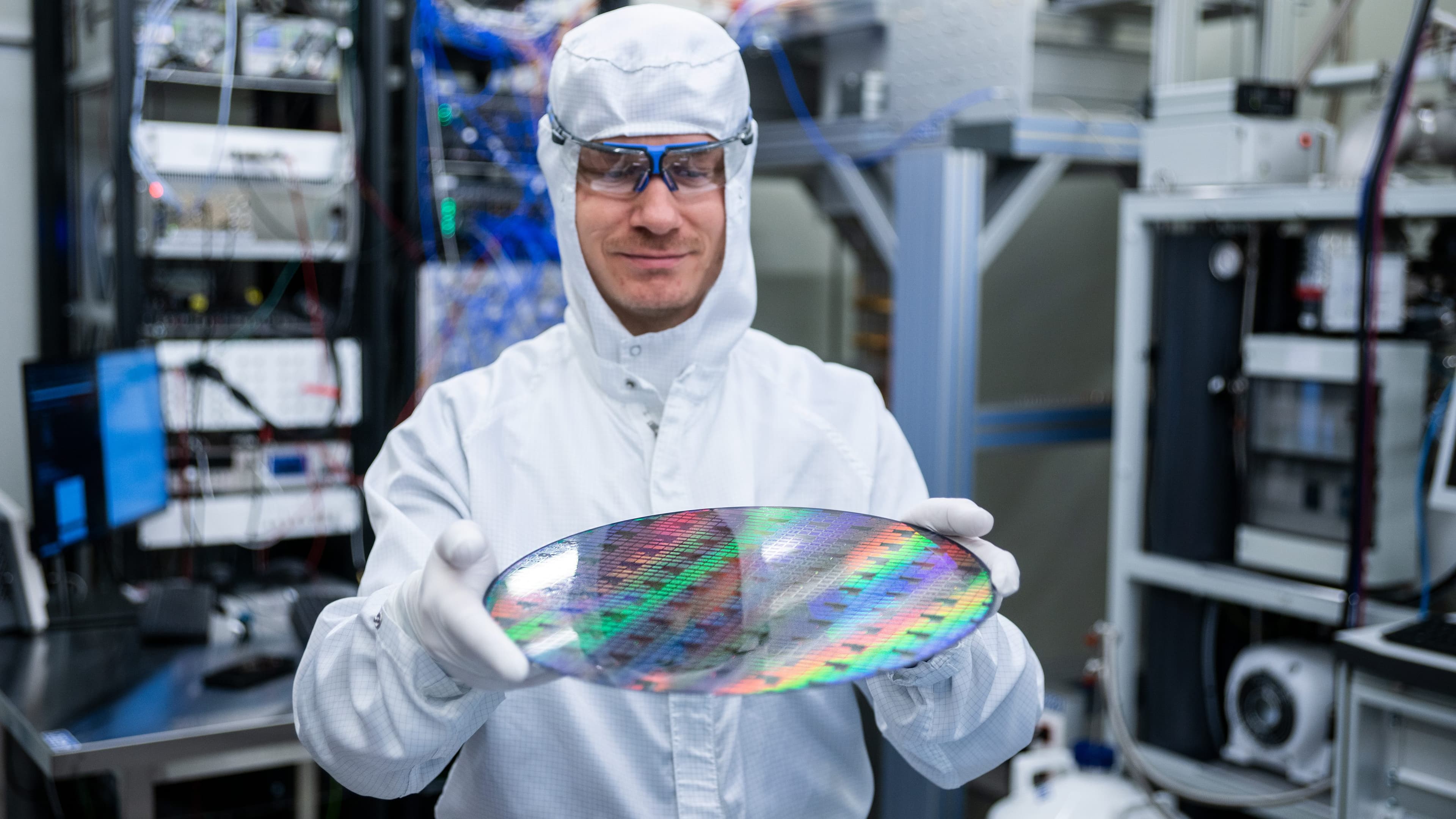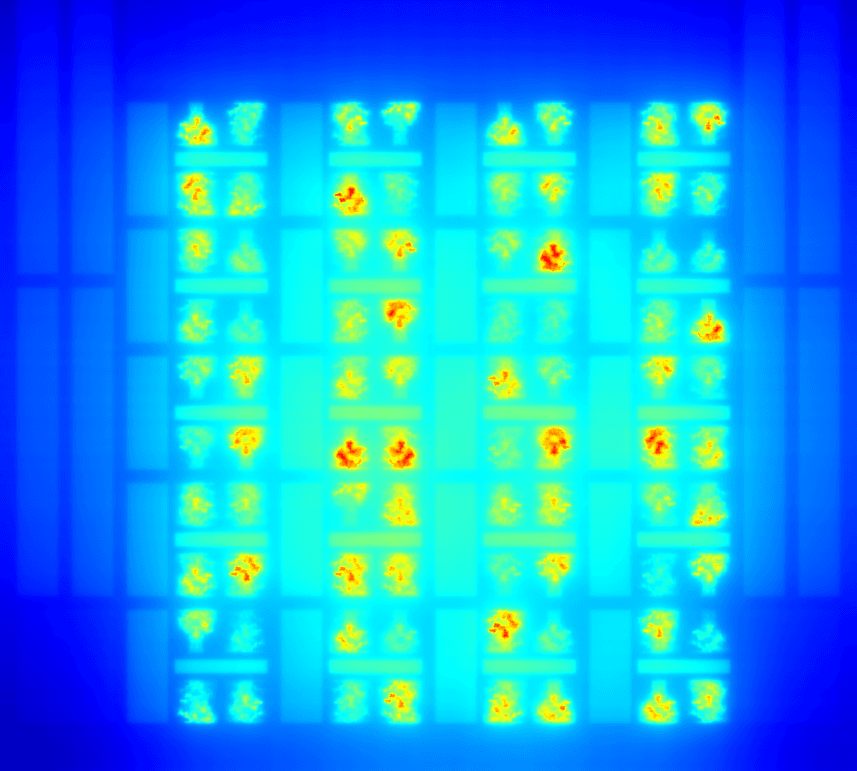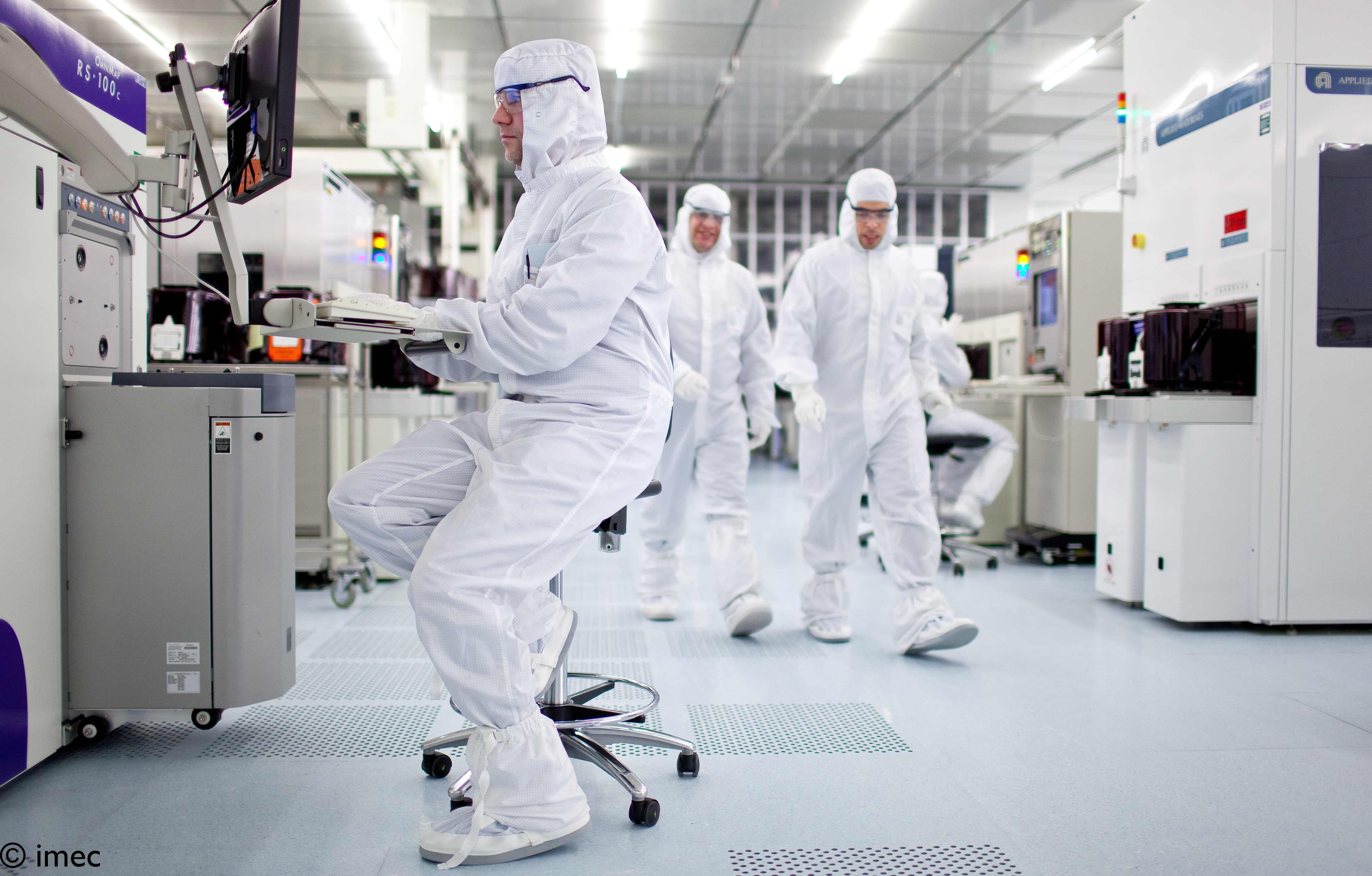
SmartWaterGrid
SmartWaterGrid researched and designed a smart system that substantiates, facilitates and automates leak localisation up to street level in soft real-time.
As the climate changes, the availability of water is coming under pressure, making efficient water provision ever more critical. However, undiscovered water grid leaks cause over 60 million m3 of drinking water to be lost every year in Flanders alone. This amounts to about 20% of annual consumption for some providers and represents a heavy annual cost.
While big leaks are spectacular, they are easy to localize. Moreover, they result in much smaller water loss volumes than medium and small leaks that can remain unnoticed, leading to long running times and high loss volumes. Today, state-of-the-art predictive consumption approaches exist to help locate leaks, but many providers still rely on ad hoc, often manual, methods to find smaller leaks. In addition, both state-of-the-art and ad hoc leak detection methods are restricted to detecting leaks on the level of tens of kilometers. Subsequent localization remains expensive and labor intensive.
To address this situation, the SmartWaterGrid project designed a hybrid AI approach to localization. The system takes into account real-time water flow, pressure and manual valve positions using Internet of Things (IoT) sensors augmented with Geographic Information System (GIS) data, hydraulic models, expert knowledge and human feedback to accelerate and fine-tune the process of localizing leaks.
THE OUTCOMES
1. Smart monitoring solution
The project designed and developed a smart monitoring solution, SmartWaterGrid, that enables continuous improvement, driving the shift from manual measurements to near real-time analysis and proactive customer alerts. Compared to existing approaches, SmartWaterGrid reduces the number of extra sensors needed, creating a positive business case for significantly lower leakage rates while at the same time stimulating positive customer engagement. On a technical level, SmartWaterGrid has surpassed the state-of-the art in terms of data capture across the water grid and in hybrid AI modelling that involves both data-driven and model-driven approaches applied to collected sensor data.
2. Connectivity analysis
An in-depth connectivity analysis indicated that LoRaWAN technology (a low-power, wide area networking protocol) is best suited in terms of power consumption and coverage to measure elements such as the real-time position of manual shut-off valves in the water grid.
3. Demonstration of business benefits
The resulting demonstrator and strategy show how providers can decrease costs and water losses, balancing technical and business factors such as the number of sensors and prediction accuracy, and customer satisfaction. Leak localization is improved from 70 km to street level, and from weeks to a few hours.
Video
SmartWaterGrid
A smart system to facilitate and automate real-time water leak localization down to street level
SmartWaterGrid is an imec.icon research project funded by imec and Agentschap Innoveren & Ondernemen.
It started on 01.10.2019 and ran until 30.09.2021.
Project information
Industry
- Aloxy
- De Watergroep
- Hydroscan
- Itineris
Research
- imec – IDLab IBCN – UGent
- imec – IDLab Data Science Lab – UGent
- imec – IDLab – UAntwerpen
Contact
- Project lead: Filip Vancoillie
- Research lead: Sofie Van Hoecke
- Proposal Manager: Sofie Van Hoecke
- Innovation manager: Eric Moons



